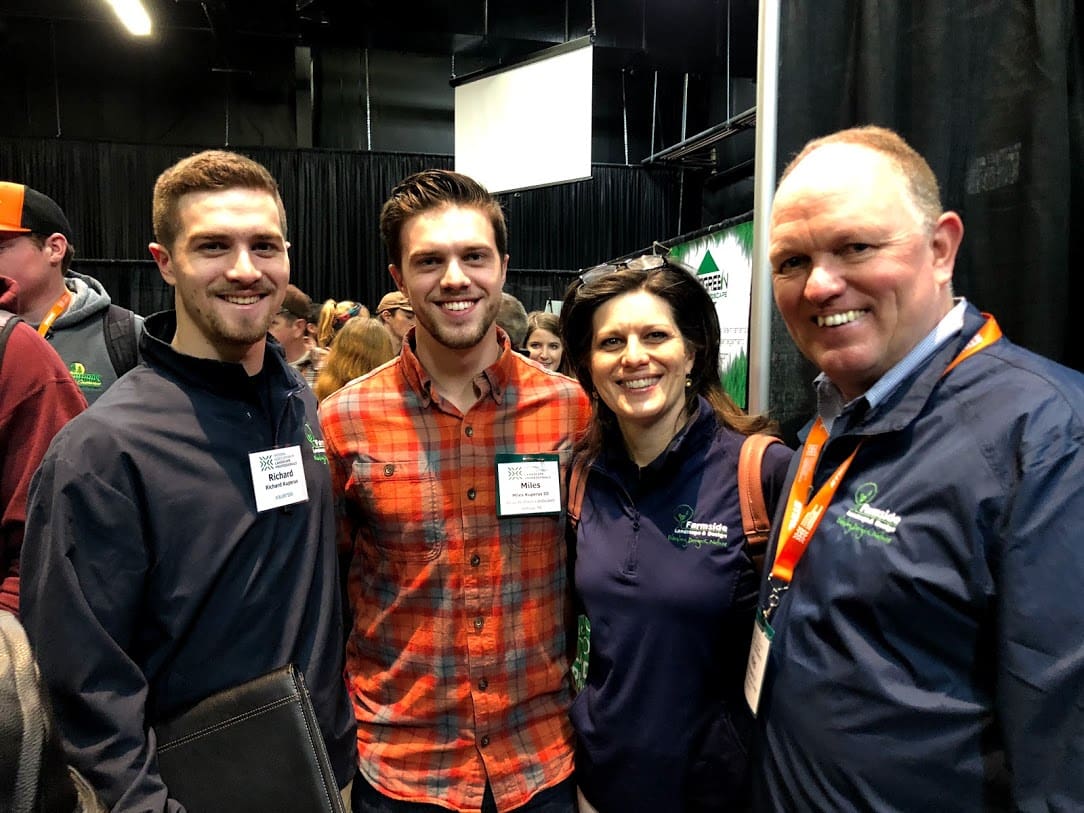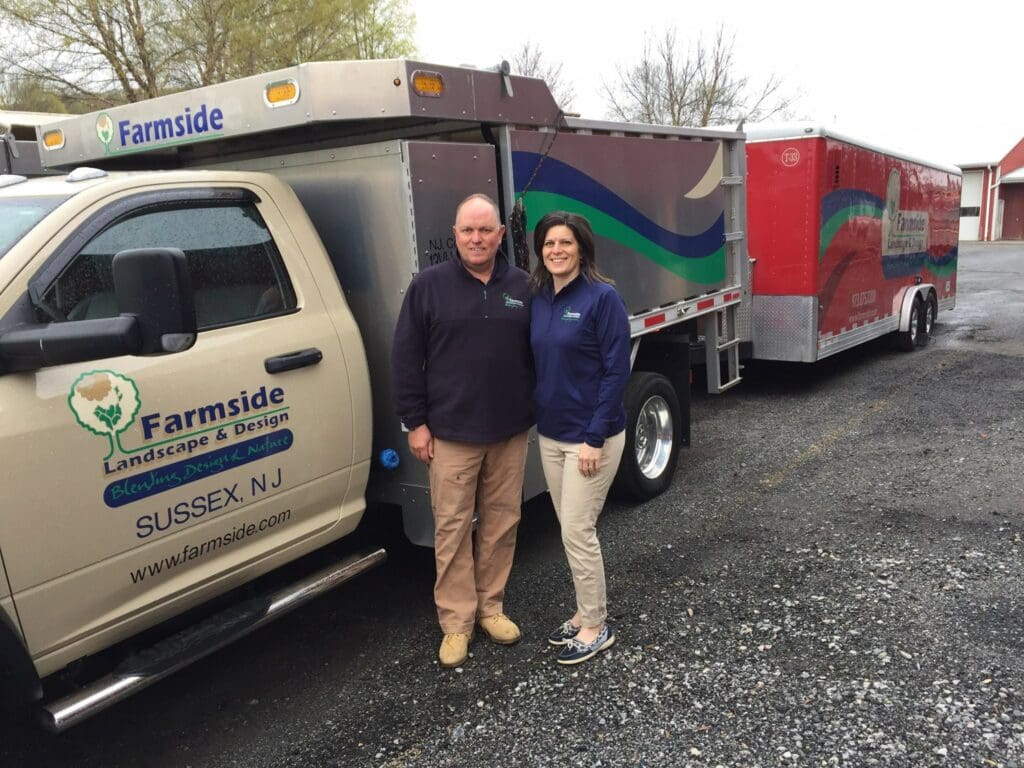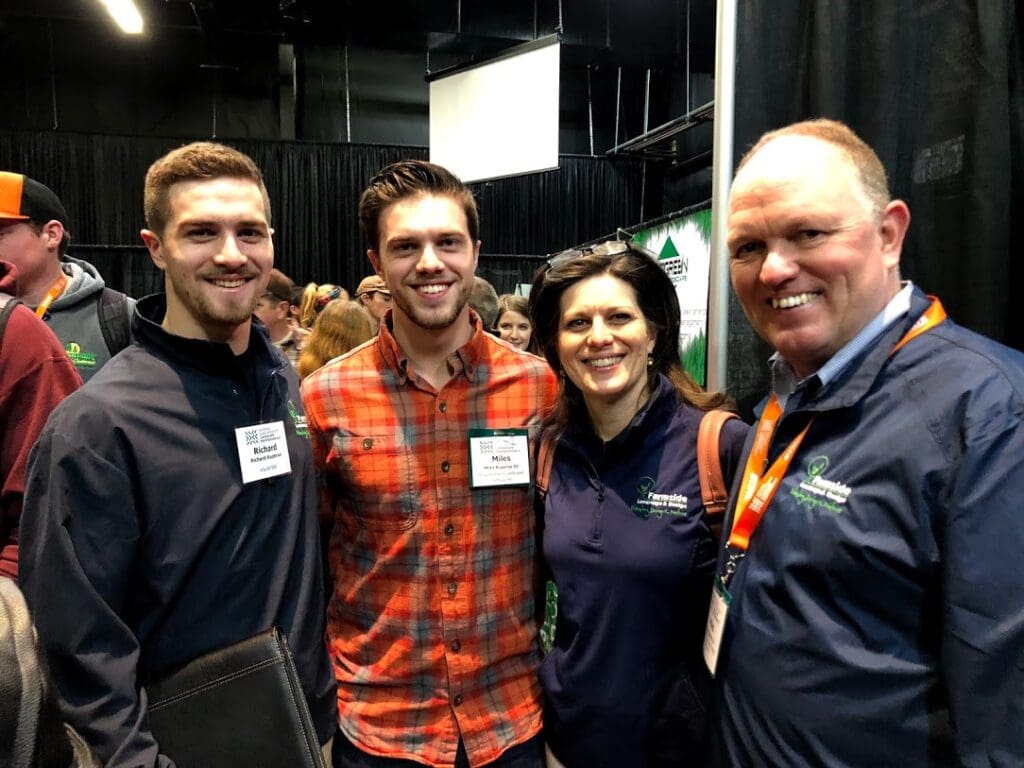
When it comes to hiring more labor, NALP member Lisa L. Kuperus, vice president of Farmside Landscape & Design in Wantage, New Jersey, says it must be a multi-faceted and ongoing effort. In this tight labor market—and with the industry’s struggle to receive H-2B workers—there is no time to become complacent.

“We absolutely must have multiple efforts going at once in order to compensate for the workforce shortage,” Kuperus says. “We’ve learned that in order to be successful, our hiring efforts must always be evolving.”
Kuperus says many of the company’s efforts are aimed to the youngest generation of workers—millennials and younger—in understanding they are the industry’s future.
Recruit Young People Tip #1: Make Use of Career Fairs
In addition to traveling to a career fair in New York state, Kuperus says her son—a current Rutgers University student—also performs some recruiting for the family business. Two graduates from Rutgers have since come to work for the company and are also now helping the company with recruiting efforts.

Though Kuperus has a personal connection with her son currently attending college (in Rutgers’ landscape industry program), she says it makes sense to find ways to meet with students who are actively looking for jobs post-college. That’s why the company plans to continue engaging in career fairs and similar opportunities even after their son has graduated.
Recruit Young People Tip #2: Demonstrate Community Involvement
The millennial generation has proven to be one that believes strongly in “giving back” and community involvement. As a company that has always been community-oriented, Kuperus has found it’s important to be more public about those commitments.
Similarly, many millennials care deeply about the environment and being good stewards, making this a very viable industry for them.
“There’s a strong stewardship aspect to what we do in the green industry,” Kuperus says. “It’s important to be more open about that. Farmside is also very committed to giving back. We support different volunteer projects and local youth programs.”
Recruit Young People Tip #3: Introduce Kids Early On
Though talking to elementary school and middle school kids about landscaping won’t necessarily benefit Farmside directly, it’s another thing Kuperus believes in to “help the industry as a whole.”

This year, Farmside will participate in bring your child to work day. The company will also be doing a hands-on planting project for employees’ children. Kuperus also loves the idea of speaking to local schools. She wants to get more involved in inspiring young people to pursue this career choice.
“Though it’s not a benefit we will see directly in our lifetime, I believe introducing younger children to landscaping is important for the future of our industry,” she says.
Recruit Young People Tip #4: Embrace the Youth
Finally, Kuperus also offers a word of advice on embracing young people. There is often negativity that surrounds talk of millennials or younger generations. But young people are the future of the industry. Kuperus says companies should think more about how to embrace them and less about pointing out every way in which their generation is different from the ones before it.
“They are who they are. We need to embrace them and find ways to attract them to our industry and our companies,” Kuperus says. “There might be differences in the way they do things or what they care about. But we can learn from each other. We’re doing ourselves a disservice if we’re not staying open-minded and finding ways to connect and work with them.”


Comments are closed.